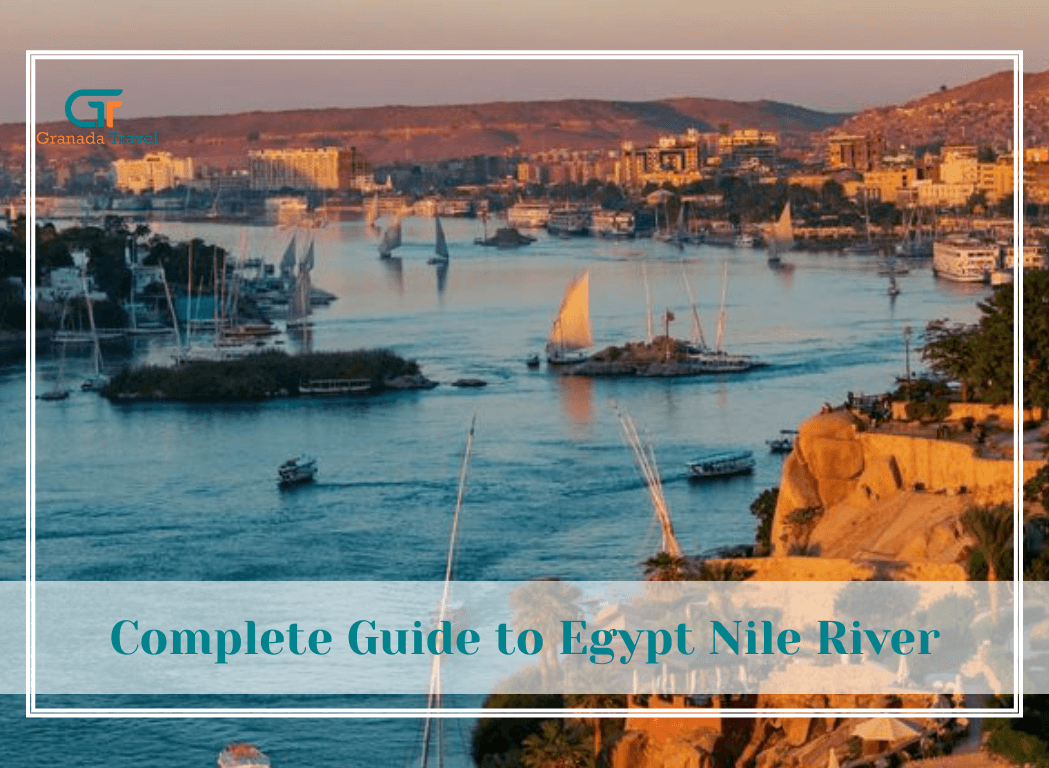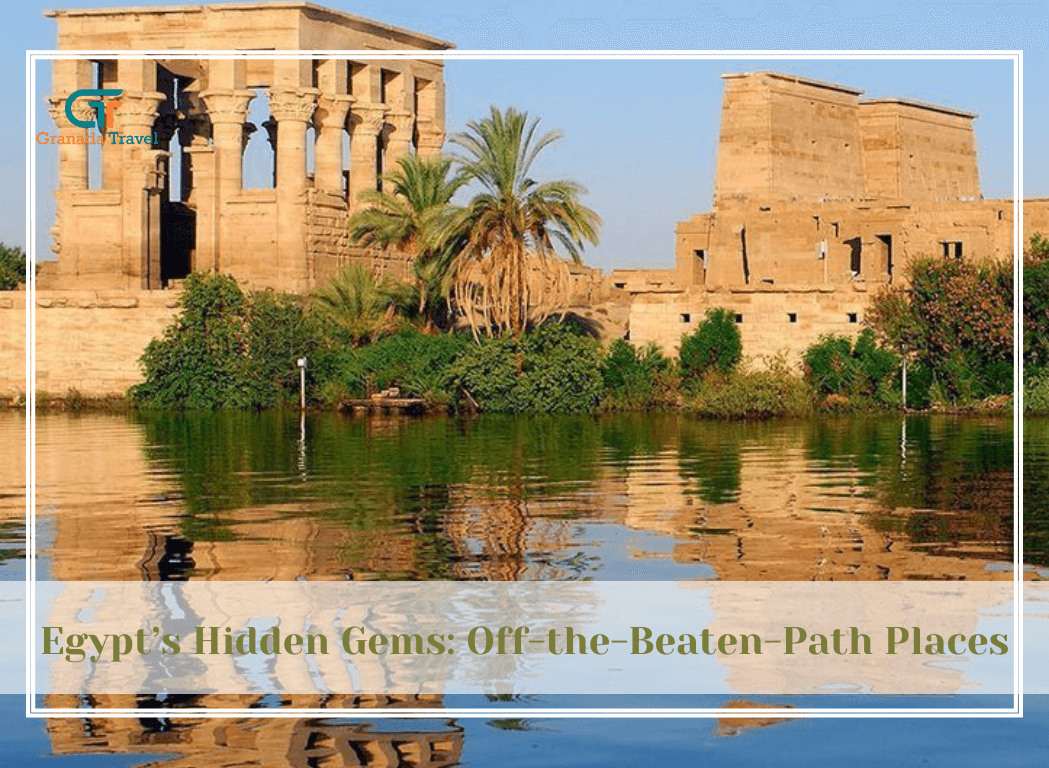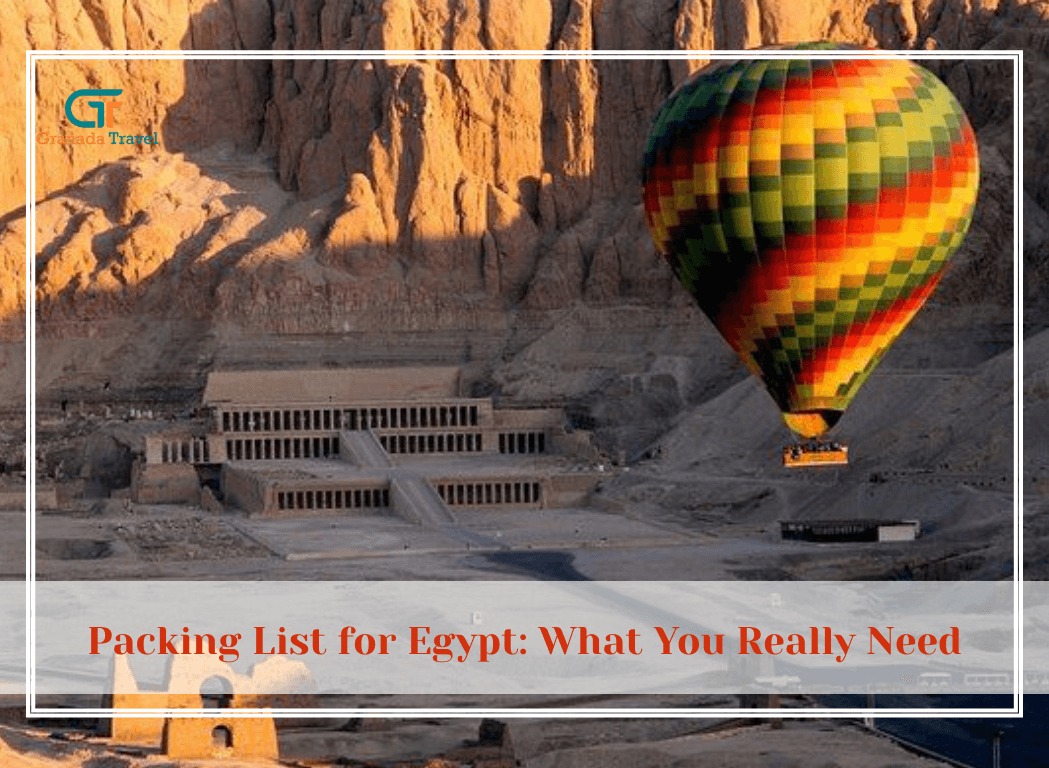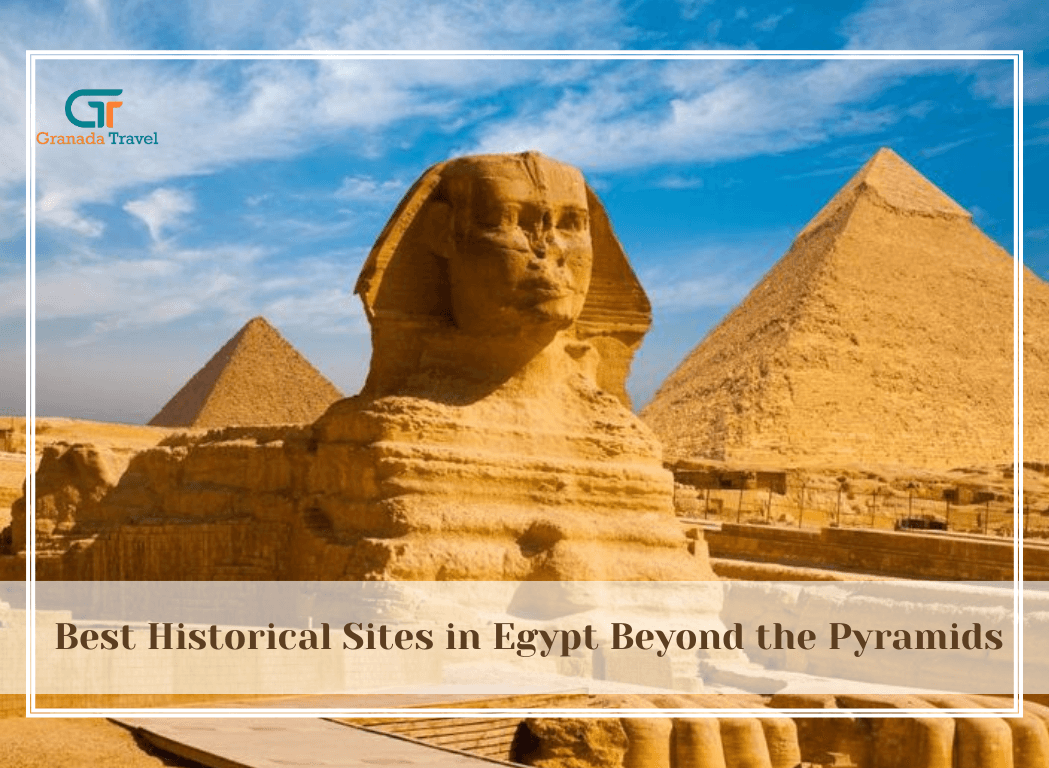
Complete Guide to Egypt Nile River
The Nile River Egypt is more than a lifeline—it is the very reason one of the world’s greatest civilizations thrived for thousands of years. Stretching over 4,100 miles from East Africa to the Mediterranean, the Nile has shaped Egypt’s history, culture, and economy since antiquity. Whether you’re drawn by its legendary past, eager to experience a luxury cruise, or simply fascinated by its natural beauty, exploring the Nile offers a journey through time unlike anywhere else on Earth.
Today, the Nile River Egypt continues to be the heartbeat of the nation, sustaining more than 95% of the population who live along its fertile banks. Its waters nourish fields of wheat and sugarcane, support bustling riverfront cities like Cairo and Luxor, and provide a natural highway that links the country from south to north. Travelers who follow the Nile can trace the same route sailed by pharaohs, merchants, and explorers thousands of years ago, experiencing a living connection between ancient tradition and modern Egyptian life. Whether you drift past palm-fringed villages on a traditional felucca or relax aboard a five-star cruise ship, every bend of the river reveals breathtaking landscapes, timeless temples, and a culture that has flourished for millennia.
The Nile’s Role in Ancient Egypt
The Nile is inseparable from Egypt’s ancient history. Each year, the river flooded predictably, leaving behind nutrient-rich silt that made farming possible in an otherwise arid landscape. This dependable cycle allowed ancient Egyptians to cultivate wheat and barley, feeding a civilization that built the pyramids and advanced astronomy, mathematics, and medicine.
- Agricultural Heartbeat: Annual floods ensured fertile farmland, supporting cities and trade.
- Transportation Highway: Long before roads, the Nile served as the primary trade route, connecting Upper and Lower Egypt.
- Religious Significance: Ancient Egyptians worshiped Hapi, the god of the Nile, and saw the river as a gift from the gods.
Fascinating Facts About the Nile River Egypt
The Nile River Egypt is filled with remarkable stories and surprising details that go far beyond its impressive length. Known as the longest river in the world, it has nurtured civilizations for over 5,000 years and remains central to Egypt’s culture, economy, and daily life. From its two major tributaries—the White Nile and the Blue Nile—to its role in shaping ancient agriculture and trade, the river is a true natural wonder. Exploring fascinating facts about the Nile uncovers how this mighty waterway influenced pharaohs, inspired myths, and continues to sustain millions of people today.
The Nile is full of surprises that continue to intrigue historians and travelers alike:
- World’s Longest River: At around 4,135 miles, it narrowly surpasses the Amazon in length.
- Two Main Tributaries: The White Nile originates in East Africa’s Great Lakes, while the Blue Nile begins in Ethiopia’s highlands.
- Historical Settlements: Nearly every major ancient Egyptian city—Luxor, Aswan, and Memphis—was built along its banks.
- Modern Importance: Today, over 95% of Egypt’s population lives within a few miles of the river.
Experiencing the Nile: Travel Highlights
Traveling along the Nile River Egypt is one of the most memorable ways to explore the country. From luxury cruises to traditional felucca sails, the river offers endless opportunities for adventure and discovery.
1. Nile River Cruises
- Luxor to Aswan Route: The classic 4–7 day cruise passes iconic temples like Karnak, Edfu, and Kom Ombo.
- Luxury Options: Modern ships feature gourmet dining, pools, and private balconies.
- Historical Commentary: Onboard Egyptologists bring the ancient sites to life.
2. Felucca Sailing
- Traditional Experience: Wooden sailboats offer a peaceful, eco-friendly way to see the river.
- Best Locations: Aswan is famous for its calm waters and stunning sunsets.
3. Riverside Cities to Explore
- Cairo: Visit the Egyptian Museum and Old Cairo neighborhoods.
- Luxor: Known as the “world’s greatest open-air museum,” home to the Valley of the Kings.
- Aswan: Gateway to Philae Temple and Abu Simbel (a short excursion south).
Wildlife and Natural Beauty
The Nile River Egypt is not only a cradle of ancient civilization but also a thriving ecosystem teeming with life. Along its banks and within its waters, you’ll find a remarkable variety of wildlife and landscapes—from lush papyrus marshes and palm-fringed islands to migratory birds that fill the skies. Crocodiles and fish inhabit its waters, while rare mammals and countless bird species depend on the river’s rich habitats. Exploring the Nile’s natural beauty reveals a side of Egypt that’s far more vibrant and diverse than the desert landscapes most travelers expect.
Planning Your Nile River Trip
Planning your Nile River Egypt trip is the key to making the most of this legendary waterway. From deciding between a multi-day luxury cruise and a simple felucca sail to choosing the best season for pleasant weather and smooth travel, careful preparation ensures a stress-free experience. You’ll need to consider your route—whether starting in Cairo, Luxor, or Aswan—book reputable tour operators, and pack appropriately for both daytime heat and cool evenings. With thoughtful planning, your journey along the Nile transforms from just another vacation into an unforgettable passage through Egypt’s history, culture, and breathtaking landscapes.
Best Time to Visit
- October to April: Mild temperatures and clear skies make this peak season for cruises and sightseeing.
- May to September: Hot but less crowded, with potential discounts.
Packing Tips
- Light, breathable clothing for daytime heat.
- Modest attire for temples and mosques.
- Sun protection: hat, sunglasses, high-SPF sunscreen.
- Comfortable walking shoes for temple visits.
Choosing a Tour
- Reputable Operators: Look for licensed guides and well-reviewed companies.
- Flexible Itineraries: Ensure free time to explore at your own pace.
- Inclusive Packages: Verify if meals, entrance fees, and transfers are included.
Modern Challenges and Conservation
Modern challenges and conservation efforts play a crucial role in protecting the Nile River Egypt, which remains the lifeblood of the nation even today. Rapid population growth, expanding agriculture, and industrial demands have placed immense pressure on the river’s resources. Climate change adds another layer of complexity, threatening water levels and the delicate ecosystems that depend on the Nile’s flow. In response, Egypt has introduced ambitious water management projects, regional agreements, and sustainability initiatives to safeguard this ancient waterway. Understanding these ongoing efforts highlights the importance of preserving the Nile for future generations while balancing the needs of millions who rely on it daily.
Nile River Egypt in Culture and Myth
The Nile River Egypt has always been more than a source of water—it is a symbol woven deeply into the nation’s culture, spirituality, and myth. Ancient Egyptians revered the Nile as a divine gift, believing its annual floods were blessings from the gods that ensured fertile lands and abundant harvests. Myths linked the river to deities like Hapi, the god of inundation, and Osiris, whose story of death and rebirth mirrored the Nile’s life-giving cycles. Even today, the river remains a powerful cultural icon, inspiring art, music, and literature that celebrate its timeless role as Egypt’s eternal lifeline.
Final Thoughts: The Eternal Spirit of the Nile
From its pivotal role in Nile history to the unforgettable experiences it offers modern travelers, the Nile River Egypt remains an enduring symbol of life and renewal. Whether you’re drifting on a felucca beneath a golden sunset or exploring temples that line its banks, the Nile connects you to thousands of years of human achievement and natural wonder.
Embarking on a journey along this legendary river isn’t just a trip—it’s a chance to witness the heartbeat of Egypt itself.
Recent Posts





